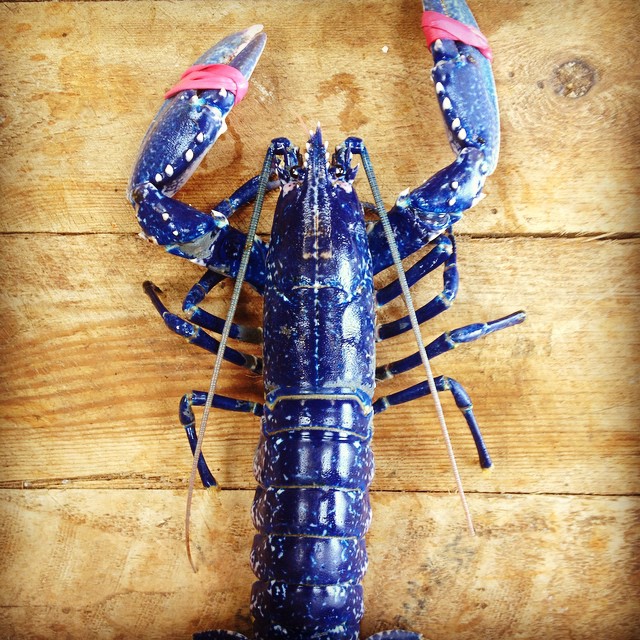Published:

Marine scientists in Scotland have successfully trialled a new method for investigating the fertility of the European lobster, one of the country's most valuable catches.
Researchers at Heriot-Watt University and Orkney Sustainable Fisheries have proved that their non-invasive method, adapted from a technique used on lobsters in America, allows scientists supporting fishery management.
The scientists can now monitor lobster egg numbers quickly while minimising loss.
Understanding and monitoring the lobsters' fertility will help make the stocks more sustainable, the Orkney-based scientists say.
The European lobster makes up almost 10 percent of the value of all shellfish caught in Scotland, fetching up to £20 per kilogram.
Matthew Coleman, senior marine scientist at Orkney Sustainable Fisheries said: “Until now, we had to remove the lobsters from the water, scrape all the eggs off and count them. This is time consuming, invasive and wastes lobster spawn.
“Our method relies on taking three simple measurements of a lobster's egg mass and eggs: the egg mass's overall length, its depth across five points and the size of a small number of eggs, which are carefully removed.
“From these measurements, we can accurately estimate the number of eggs the animal is carrying without damaging the lobster.
“We adapted this from the method used for American lobsters - we couldn't just replicate the technique they use over there, as European lobsters produce larger eggs compared to their American cousins. This small difference, if unaccounted for, would provide inaccurate estimates of egg numbers.
“This method has already enabled us to find out more about the European lobster's fertility. We found that egg loss from when lobster first start to carry their eggs until the larvae hatch is around 44 percent - before, it was assumed it was close to zero.
“Now we can calculate lobster fertility and egg production in five minutes instead of 24 hours; that's hugely beneficial to fishery managers.”
Dr Michael Bell, a research fellow at Heriot-Watt's International Centre for Island Technology in Orkney, said: “It's important to understand how lobsters become more productive and how their egg numbers increase as they grow, because it will help us conserve the spawning population. That's the future of the fishery.
“Having an easy to replicate, quick method will allow us to monitor any changes in fertility that haven't been noted historically.
“In the USA they've already seen a drop in lobster egg numbers related to rising sea temperatures, which highlights the importance of monitoring lobsters here in Scotland and the UK.”
“Lobster and other inshore fisheries, while often overlooked at a national scale, are of huge importance in supporting flourishing coastal and island communities in areas like Orkney. They make a vital contribution to supporting traditional ways of life and maintaining local character.
“Scottish seafood is second to none in quality and freshness, and by providing robust, locally appropriate science, we can help this continue.”
The results of the Orkney study and the new method for sampling brooding lobsters were published in the ICES Journal of Marine Science, click here to read the article in full.
CLEARING NOW OPEN FOR 2019
There is no right or wrong path when starting your career.
If you want join our vibrant global community with around 29,000 other students and belong to a university whose research is transforming lives across the world, then we can help.
Our Clearing process is now open and only a phone call away.
Full details of the programmes available and instructions on how to apply can be found here.
Alternatively, you can call our Clearing helpline on 0131 322 3222 and one of our advisers will be on hand to offer advice on your next step.